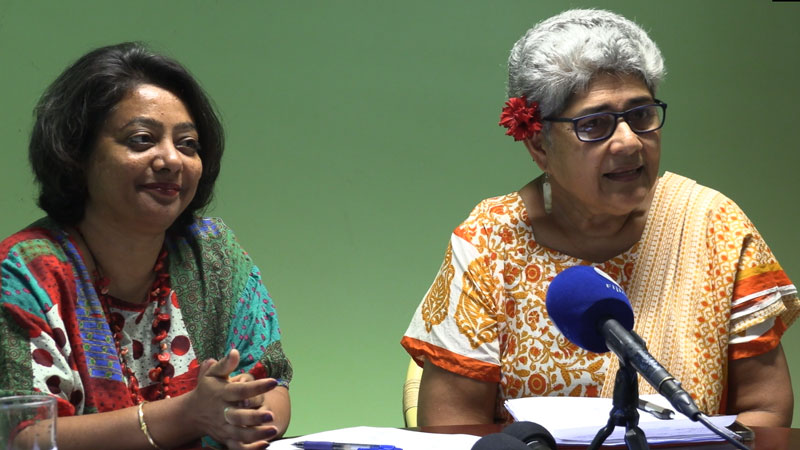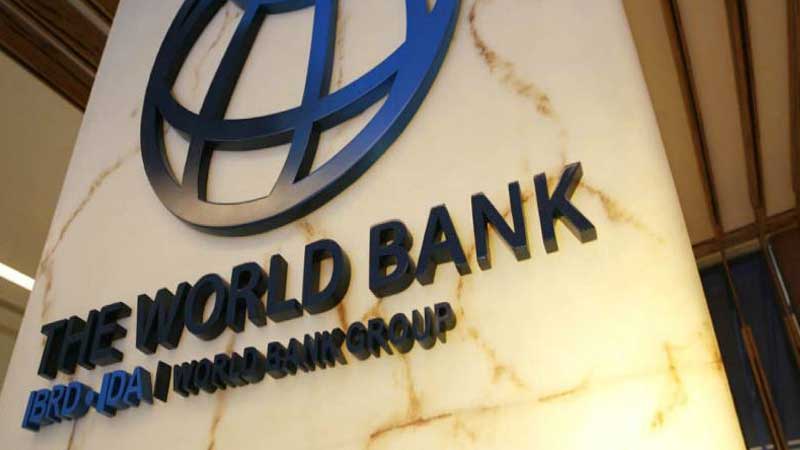
Fiji Women’s Crisis Centre Coordinator Shamima Ali and FRIEND Fiji Director Sashi Kiran are calling on the World Bank to give more details after they estimated Fiji’s national poverty rate for 2019-2020 to be 24.1% compared to 29.9% previously recorded.
Kiran says if you look at the Household Income and Expenditure Survey 2019-2020 Report, it was given in great detail.
She adds they cannot see these four paragraphs by the World Bank in their statement telling them that our poverty has dropped because there was a coding error.
Kiran says it is hard for them to digest that poverty has dropped.
She adds instead of talking about the drop in the poverty rate we should look at what are the challenges and how do we fill in the gaps.
Kiran says they are also concerned with the rising prices as people cannot afford to buy food right now.
We are currently trying to speak to the World Bank.

The World Bank says that Fiji’s national poverty rate for 2019-20 is now estimated at 24.1%, compared to 29.9% previously recorded.
This change affects consumption-based poverty estimates based on the Household Income and Expenditure Survey.
The World Bank says the household consumption estimates in Fiji’s 2019-2020 Household Income and Expenditure Survey have been updated to account for revised estimates on spending on non-food items such as utilities, communications, domestic services and education.
It says the discrepancy in the coding was identified by the World Bank’s Poverty and Equity Global Practice Team during a cross-check review exercise to ensure Fiji’s Survey remains in-line with international practices.
The World Bank regrets that this error was not identified earlier.
The review identified that in the consumption aggregate estimated from the 2019-20 Survey, expenditure on four non-food categories: utilities (electricity, gas, water, garbage collection), communications (telephone, TV, internet and postal) domestic services and education (including school fees and books) was only included for households that spend on all sub-categories.
The revised expenditure measures now represent total spending on any of these items, bringing these figures in line with international standards.
The change has resulted in household consumption figures being revised upwards for most Fijian households, with non-food consumption originally representing 4 percent of total household consumption, now accounting for 11%.
Fiji's national poverty line remains virtually unchanged at (FJ$2179.4 in the original, compared to FJ$2179.5 in the revision), due to the relatively uniform distribution of non-food expenditures among the households in the original and revised reference groups used to calculate the poverty line.
Poverty estimates have now been revised downwards in both urban and rural areas. The revised poverty rate for the rural areas is 36.5%, down from the original 41.5% while the rate for urban areas is 14%, down from the original 20.4%.
The World Bank says it should be noted that the 2019-20 poverty estimates are based on consumption per capita and cannot be compared directly to 2013-14 poverty measures which were based on income.
Stay tuned for the latest news on our radio stations

